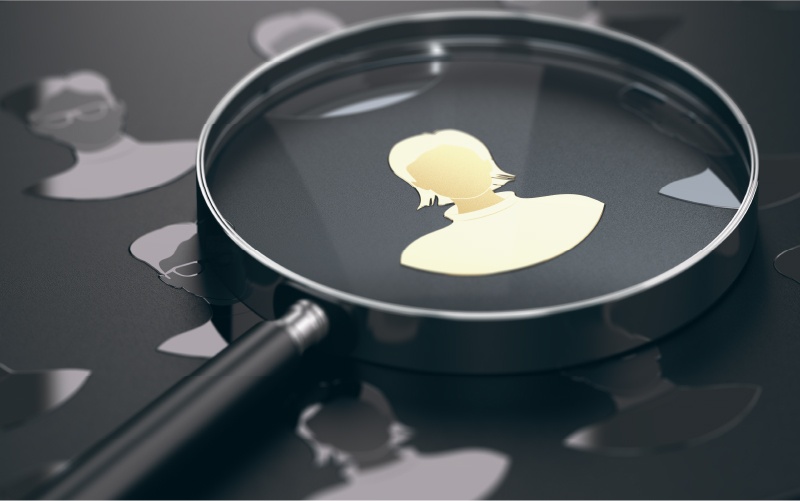
The Human Resources Functions: Backbone of Organisational Success
Whenever a company’s success is showcased, most people assume that it’s just about the product or marketing strategy or even the sales team. But often overlooked is one of the most critical departments that holds everything together, Human Resources (HR). Even though the Human Resources Functions of any company doesn’t exactly contribute to the numerical profits, they do play a vital role in shaping the company culture, ensuring employee satisfaction, and managing the workforce effectively. They are responsible for recruiting the right talent, providing training, and fostering an environment that encourages productivity and innovation, all of which are essential for long-term success.
HR is much more than just the department that handles the whole employee work-cycle. Its the heartbeat of an organisation, acting as a strategic partner in laying the foundation of a positive work culture but also to achieving long-term business goals like enhancing employee productivity, change management, ensuring compliance and a lot more.
One of the best examples that depicts how HR drives organisational success is Google’s Project Oxygen. When Google was experiencing rapid growth, it became evident to leadership that not all managers were projecting effectiveness when it came to leading their teams. The HR team conducted and full-fledged research and came up with eight key behaviours that defined the best managers. These key behaviours ranged from team empowerment to growth mindset, which helped Google to launch a comprehensive training programme for managers. An impact which was seen post-training was employee satisfaction, performance and overall organisational success.
The Evolution of Human Resources Function
In a more traditional setting, HR was just responsible for administrative activities that included managing records, ensuring legal compliance and processing payroll.
But as organisations grew and the system evolved, HR evolved too. It grew more of a strategic role than just an administrative one. Today, HR is no longer just the department where employees go for benefits or to resolve disputes. It’s a critical part of the leadership team, influencing decisions that shape an organisation’s future. With the rise of technology, the changing work culture, and the shift towards a more employee-centric approach, HR has transformed into a dynamic, forward-thinking function. It now plays a pivotal role in everything from recruitment to performance management, from learning and development to fostering a positive work culture.
HR Functions: The Pillars of Organisational Success
Various key HR functions help shape any organisation and create change from within.
Human Resource Planning
One of the most important aspects of HR functions is HR planning. At its core HR planning majorly involves predicting the upcoming needs of any organisation’s human resources needs. These needs can vary from hiring needs to identifying skills gaps. HR planning is all about aligning workforce requirements with business goals.
Recruitment and Selection
Do you know one of the core elements of any organisation? If you guessed “Workforce” then you are right. The teams in any company are one of the most important parts that a company chooses. That’s why finding the right talent is critical. Recruitment is one of the key HR functions because it directly impacts the organisation’s success by ensuring the right people are in the right roles. Effective recruitment helps build a skilled and motivated workforce, fosters innovation, and enhances overall productivity.
Performance Management
A key element of HR function involves evaluating employee performance and delivering constructive feedback through various methods like a monthly feedback session. Moreover, setting clear objectives and ensuring that individual contributions align with the organisation’s goals. A strong performance management system promotes employee growth while simultaneously driving the company’s success.
Learning and Development
Continuous learning is essential for maintaining a competitive edge for not just employees but an organisation as well. The learning and development (L&D) function equips employees with the skills and knowledge needed to thrive in their roles and adapt to evolving industry demands. Investing in L&D can boost organisations growth for long-term purposes.
Career Planning
Career planning plays a crucial role in helping employees define their career trajectories within an organisation. This process emphasises the identification of growth opportunities and the establishment of pathways for professional advancement. By engaging in effective career planning, employees can better navigate their career development while maximising their potential within the company.
Rewards
One of the key elements of HR functions is being responsible for designing reward systems that inspire and motivate employees, ensuring they receive fair compensation, bonuses, benefits and recognition.
Industrial Relations
HR plays a crucial role in nurturing positive relationships between management and employees. They manage issues like labor disputes, negotiation processes and ensuring a fair, compliant working environment.
Employee Participation and Communication
HR is a two-way communication channel between employees and management. To create a positive workplace culture, it is important to engage employees, gather feedback, and involve them in decision-making.
How Headsup is Changing the HR Game
At Headsup, we’re taking a fresh and innovative approach to HR. We recognise that HR is no longer just about policies and procedures; it’s about fostering a resilient and adaptable workforce that can excel in today’s ever-changing business environment. As companies continue to evolve, human resources must also transform into a vital function. The key to success lies in keeping HR flexible, forward-thinking, and aligned with the overall objectives of the organisation.






